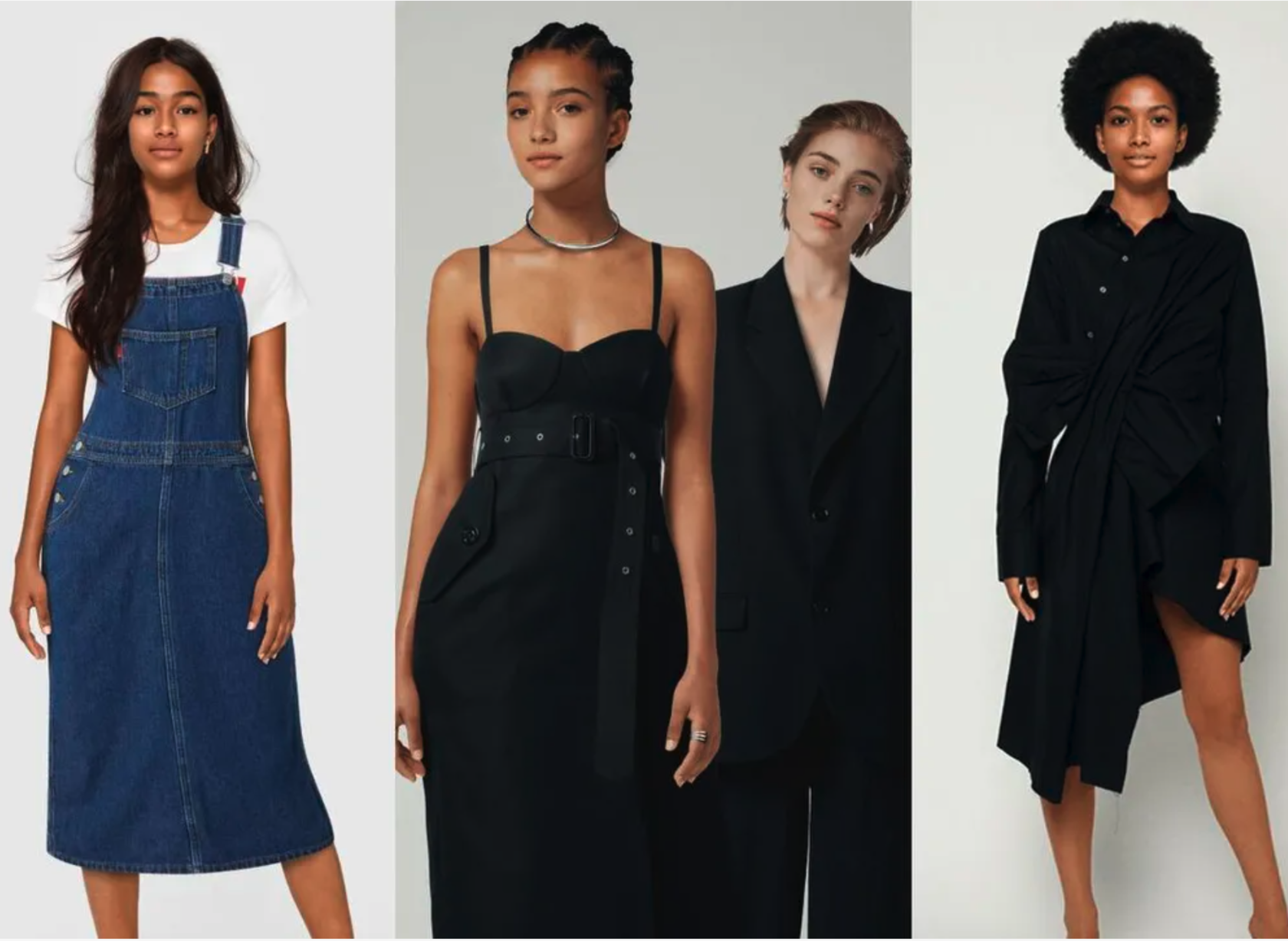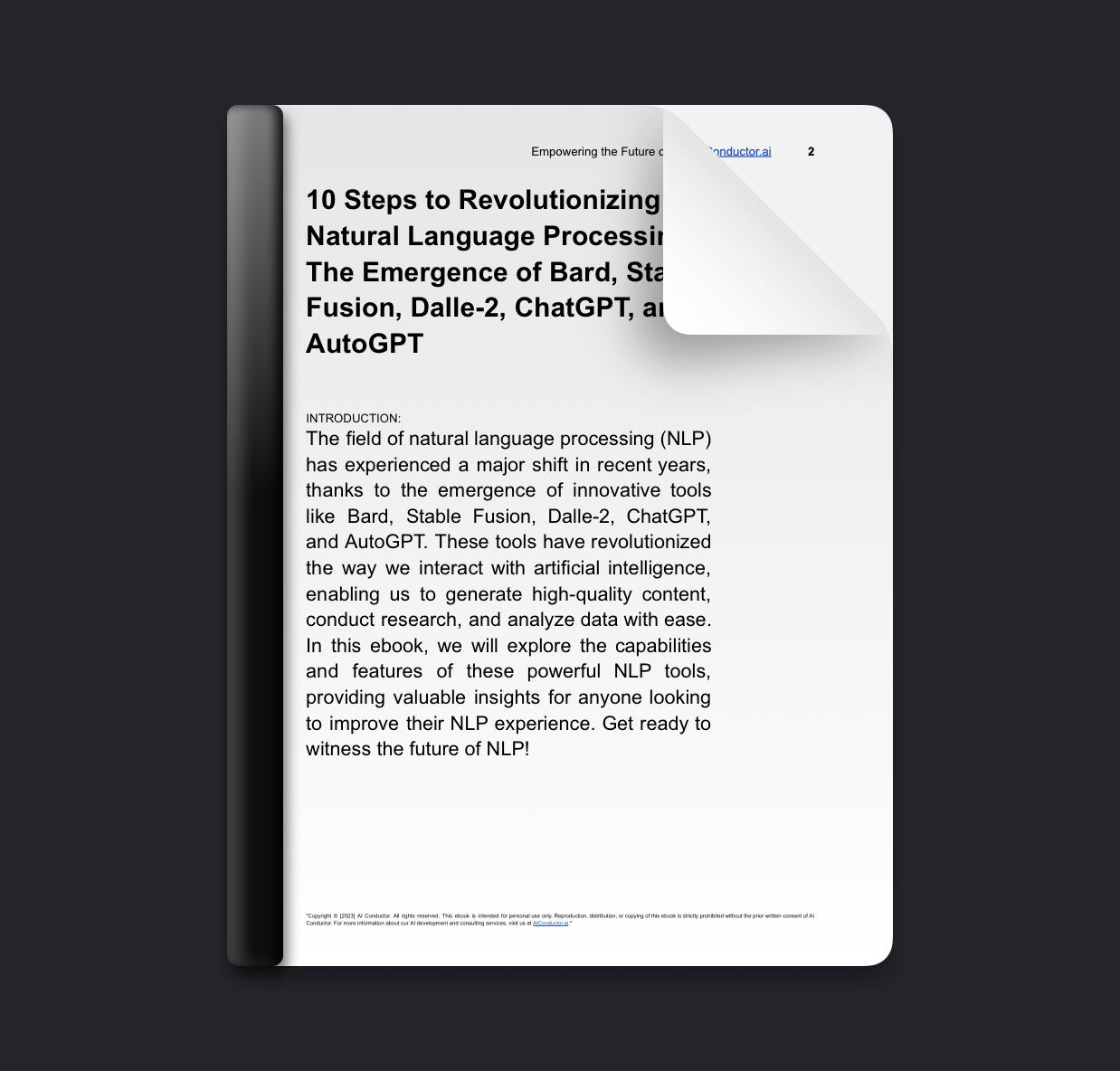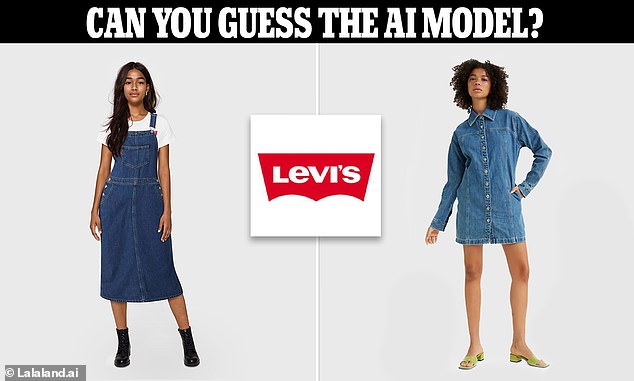We asked:
What are the implications of using AI technology to promote diversity in the fashion industry?
The Gist:
Levi's recently announced their use of artificial intelligence (AI) technology to increase diversity in their advertising campaigns. This announcement has been met with criticism from many Black models, who feel that AI cannot accurately represent their experiences and that Levi's should be more proactive in hiring more diverse models. They argue that the only way to truly increase diversity in the fashion industry is through direct action and support of people of color.

Decoded:
By now, it’s no secret that the fashion industry has struggled with the issue of diversity and representation for years. But according to a recent report, the iconic denim brand Levi’s has decided to try a new and innovative approach to increase representation within the brand by using artificial intelligence and machine learning.
The technology was developed by a company called AI Sense, which leverages computer vision and deep learning to help brands identify and hire diverse talent. The idea is to use image-recognition technology to scan images and determine attributes like skin tone, gender, and age. From there, the software can analyze the data and present brands with a list of potential candidates.
However, this approach has been met with mixed reactions from members of the fashion industry. On one hand, there is the notion that the technology could be incredibly helpful in identifying and increasing representation within the fashion industry. On the other hand, many are concerned that using AI technology could lead to certain instances of bias and unfairness.
This debate was recently thrust into the spotlight when several African-American models spoke out on social media to express their dissatisfaction with Levi’s for using this technology to increase diversity. While the models lauded the brand for their effort to become more inclusive, they criticized the technology for potentially leading to stereotypes and discrimination.
“It’s a step backwards for the fashion industry to be relying on machines to find diversity,” model Amila Franco said on Instagram. “We have to have a conversation about it and focus on the people behind the scenes and empower them to do the work of providing quality and diverse representation.”
The controversy raises some important questions about the use of AI technology to increase diversity in the fashion industry. It also highlights some of the issues that come along with using such technology to identify talent, such as whether or not the technology is capable of truly discerning cultural and ethnic differences, and if it can do so without introducing any bias or prejudices.
Ultimately, it’s clear that the fashion industry must continue the conversation and find ways to truly foster diversity and inclusivity. As technology advances, fashion designers and brands must be attentive to the potential pitfalls of relying too heavily on AI and algorithms, while also finding innovative ways to bring more diverse representation into the industry.
The technology was developed by a company called AI Sense, which leverages computer vision and deep learning to help brands identify and hire diverse talent. The idea is to use image-recognition technology to scan images and determine attributes like skin tone, gender, and age. From there, the software can analyze the data and present brands with a list of potential candidates.
However, this approach has been met with mixed reactions from members of the fashion industry. On one hand, there is the notion that the technology could be incredibly helpful in identifying and increasing representation within the fashion industry. On the other hand, many are concerned that using AI technology could lead to certain instances of bias and unfairness.
This debate was recently thrust into the spotlight when several African-American models spoke out on social media to express their dissatisfaction with Levi’s for using this technology to increase diversity. While the models lauded the brand for their effort to become more inclusive, they criticized the technology for potentially leading to stereotypes and discrimination.
“It’s a step backwards for the fashion industry to be relying on machines to find diversity,” model Amila Franco said on Instagram. “We have to have a conversation about it and focus on the people behind the scenes and empower them to do the work of providing quality and diverse representation.”
The controversy raises some important questions about the use of AI technology to increase diversity in the fashion industry. It also highlights some of the issues that come along with using such technology to identify talent, such as whether or not the technology is capable of truly discerning cultural and ethnic differences, and if it can do so without introducing any bias or prejudices.
Ultimately, it’s clear that the fashion industry must continue the conversation and find ways to truly foster diversity and inclusivity. As technology advances, fashion designers and brands must be attentive to the potential pitfalls of relying too heavily on AI and algorithms, while also finding innovative ways to bring more diverse representation into the industry.

Essential Insights:
Three-Word Highlights
AI, Diversity, Levis
Winners & Losers:
Pros:
1. AI technology could help increase diversity in the fashion industry, which is often lacking.
2. AI technology could help identify and address potential biases in the fashion industry.
3. AI technology could help ensure that fashion campaigns accurately reflect the diversity of the population.
Cons:
1. AI technology could lead to a lack of creativity in fashion campaigns.
2. AI technology could lead to a lack of representation of certain minority groups in fashion campaigns.
3. AI technology could lead to a lack of authenticity in fashion campaigns, as they could be overly reliant on AI-generated results.
Bottom Line:
The bottom line is that although Levis has made attempts to increase diversity in their advertising campaigns, Black models have expressed their concerns over the use of AI technology to achieve this goal.
Ref.
Join The Conversation!





